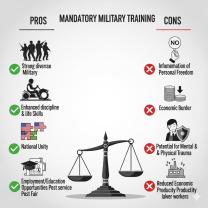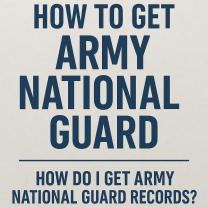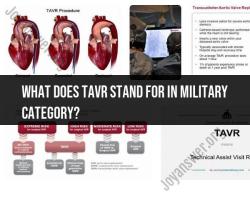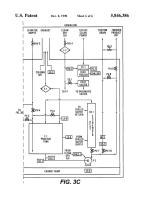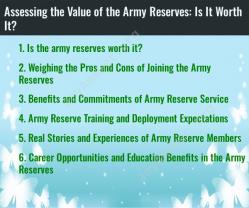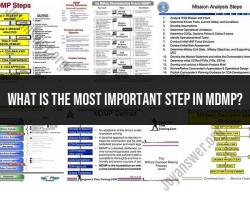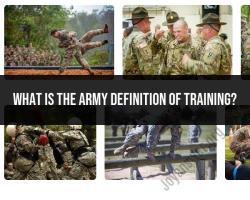Do I get paid for life in the Army Reserves?
In the U.S. Army Reserves, individuals do not receive a pension or regular pay for life after completing their service unless they qualify for retirement benefits. The Army Reserves, like the active-duty military, offers retirement benefits for those who have completed a certain number of qualifying years of service.
The key points regarding compensation and retirement benefits in the Army Reserves are as follows:
Drill Pay and Activation Pay:
- While serving in the Army Reserves, members receive drill pay for the time spent on monthly drills and annual training. Additionally, if a reservist is activated or mobilized, they may receive activation pay. These payments are part of the regular compensation during the time of service.
Retirement Benefits:
- To qualify for retirement benefits, reservists need to accumulate a certain number of qualifying years of service. The "qualifying years" may include both active-duty and reserve service. The retirement system for the reserves is known as the "Blended Retirement System" (BRS), and it became effective on January 1, 2018.
Reserve Component Retirement:
- Reserve Component Retirement benefits are available for reservists who accumulate at least 20 "qualifying" years of service. Qualifying years include both active-duty and reserve service, with each year's service earning points toward retirement. The retirement pay is not received immediately upon leaving the reserves but typically begins at age 60.
Reserve Component Survivor Benefit Plan (RCSBP):
- The Reserve Component Survivor Benefit Plan is available to reservists who are eligible for retirement pay. It provides a monthly annuity to eligible survivors in the event of the retiree's death.
Individual Ready Reserve (IRR):
- Members of the Individual Ready Reserve (IRR), which is a category of the reserves, do not earn points toward retirement but may be eligible for certain benefits during periods of activation.
It's important for reservists to plan for their financial future and understand the eligibility criteria and benefits associated with the retirement system. The specific details of retirement benefits, including eligibility criteria, can be complex, and individuals are encouraged to consult with the appropriate military personnel office or financial advisor for personalized information based on their service history.
As policies and regulations may change, it's advisable to check with official military sources or relevant authorities for the most up-to-date information on compensation and retirement benefits in the Army Reserves.
Is there a provision for lifetime compensation in the Army Reserves?
No, there is no provision for lifetime compensation in the Army Reserves. Army Reserve soldiers are considered part-time military personnel and are not eligible for lifetime compensation like active-duty military personnel. However, Army Reserve soldiers are eligible for a variety of allowances and benefits, including:
- Basic Allowance for Subsistence (BAS): A daily allowance to help pay for food costs. The amount of BAS varies depending on the soldier's rank and pay grade.
- Basic Allowance for Housing (BAH): A monthly allowance to help pay for housing costs. The amount of BAH varies depending on the soldier's rank, pay grade, and location.
- Family Separation Allowance (FSA): A monthly allowance to soldiers who are separated from their families due to military service. The amount of FSA varies depending on the soldier's rank, pay grade, and number of dependents.
- Imminent Danger Pay (IDP): An additional daily allowance for soldiers who are exposed to imminent danger. IDP is typically paid to soldiers who are deployed to combat zones or who are engaged in hazardous training exercises.
- Hostile Fire Pay (HFP): An additional daily allowance for soldiers who are exposed to hostile fire. HFP is typically paid to soldiers who are deployed to combat zones or who are engaged in hazardous training exercises.
- Clothing Monetary Allowance (CMA): An annual allowance to help soldiers pay for uniforms and other clothing items. The amount of CMA varies depending on the soldier's rank, pay grade, and job specialty.
In addition to the allowances and benefits listed above, Army Reserve soldiers may also be eligible for other benefits, such as:
- Medical and dental care
- Life insurance
- Retirement benefits
- Travel and transportation allowances
- Discounts on goods and services
The specific allowances and benefits that an individual Army Reserve soldier is eligible for will vary depending on their rank, pay grade, job specialty, and location. For more information, please visit the Army Reserve website or speak to a military benefits counselor.



